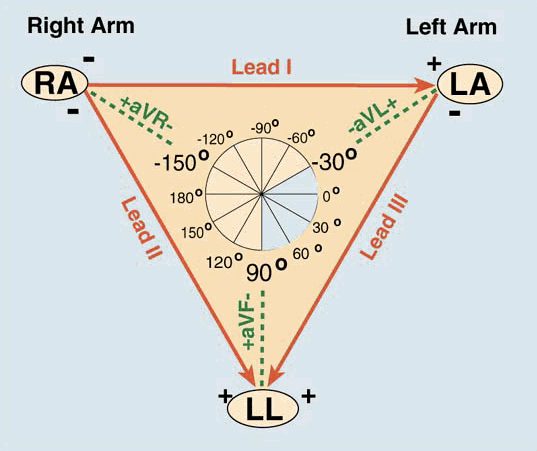Anesthesia Monitors Review
Auto BP Cuff
- There are many types of algorithms that go into generating the numbers seen on the screen. All of them use oscillations and plot a curve/give values.
General guideline is no more than 20-30% drop in MAP from baseline
Sitting Position: BP decreases by 0.74mmHg per cm
EKG
Pulse Oximetry and the Beer Lambert Law
Important to note that red wavelength is 600 and infra red is 900. The Beer Lambert law discusses absorption of light and then a converstion into a saturation percentage.
- Variables:
- A = absorbance
- ε = molar absorptive coefficient
- C = concentration (moles/liter)
- L = length of light path
- $I_o$ = Incident light
- I = Transmitted light
This post is licensed under CC BY 4.0 by the author.



